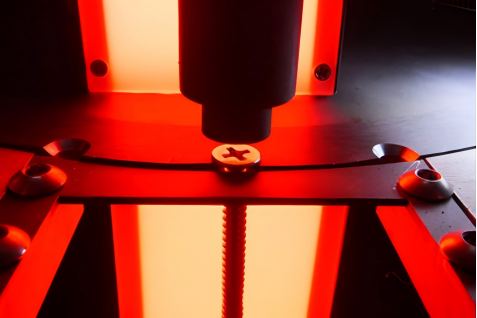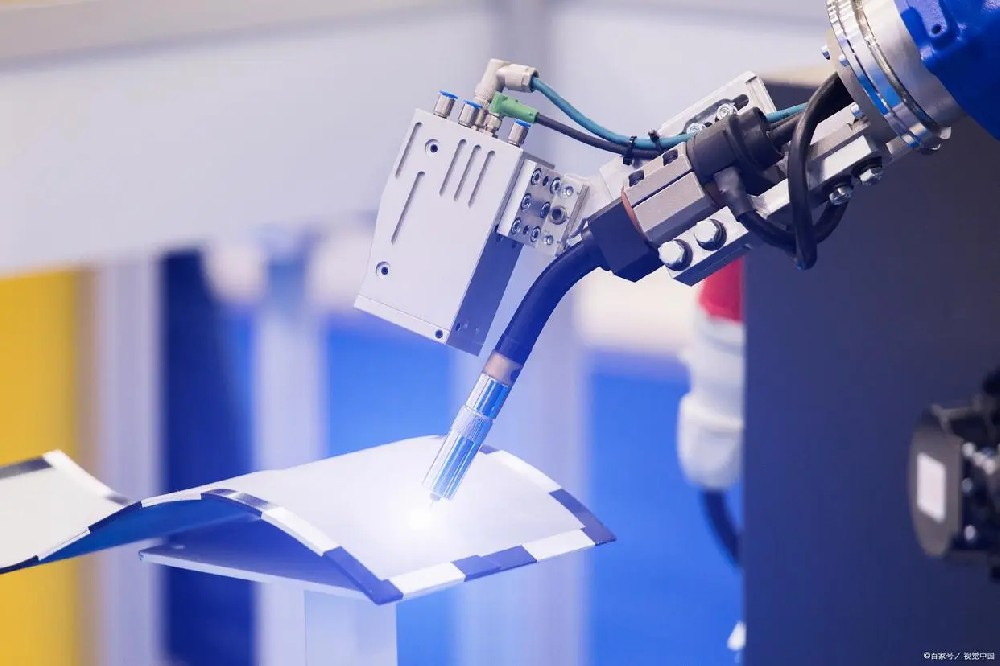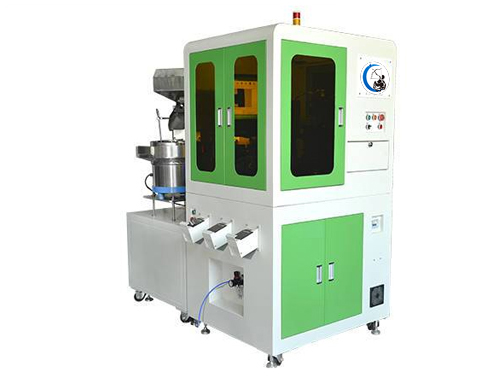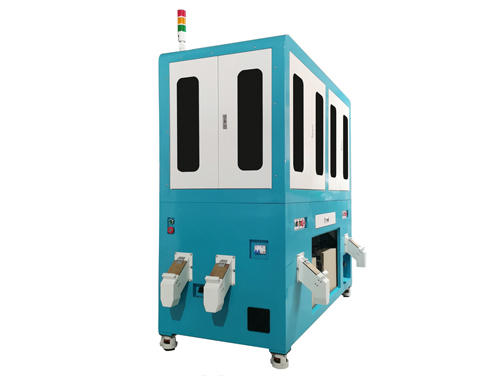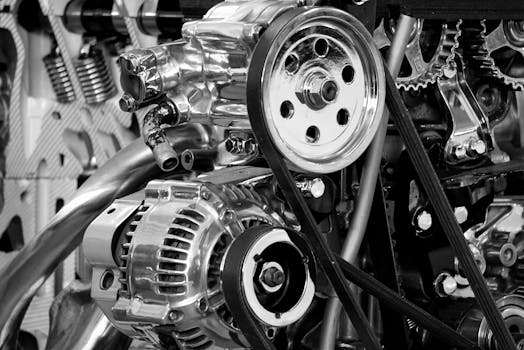
What will be the future of machine vision?
2025-05-15
With the deepening of the Made in China 2025 strategy, the market of intelligent industrial robots has shown a growing momentum in the context of the 4.0 era, among which machine vision detection of industrial robots has played an indispensable role.
Taking my country's current security industry as an example, security technology has been evolving. When the industry has completed networking and high-definition, intelligent applications have become a popular technology for various security manufacturers. It should be said that since 2012, the security industry has conducted in-depth research and development and discussions on how to make products and systems intelligent, triggering a wave of technological trends. If intelligent video analysis is the 2.0 version of intelligent security applications, then machine vision detection will usher in the 2.0 era of intelligent security applications.
In the future, machine vision inspection will be a rapidly developing branch of AI. In short, machine vision is to use machines to replace human eyes to measure and judge. The CMOS or CCD sensor converts the photographed target into an image signal, transmits it to a special image processing system, obtains the morphological information of the photographed target, and converts it into a digital signal based on pixel distribution, brightness, color and other information; the image system performs various calculations on these signals to extract the characteristics of the target, and then controls the operation of the on-site equipment based on the judgment results.
Machine vision detection mainly recognizes images, so machine vision is widely used in face recognition and license plate recognition. Taking the intelligent transportation industry as an example, machine vision has the advantages of low cost, strong stability, high accuracy and wide application range. At present, it has been widely used in traffic monitoring systems of domestic and foreign highways and roads, which is reflected in license plate recognition, body color recognition, vehicle model recognition, violation recognition, traffic flow statistics, traffic flow control and other aspects. In industrial applications, there are also a series of equipment such as visual dispensing machines and visual robots, which are of great help to the majority of business owners in increasing revenue and reducing expenditure.
At this point, some people may doubt that the overlap between machine vision and deep learning is too great, and whether the two are different expressions of the same concept in the security industry. In fact, if we only look at the video surveillance industry, learning algorithms are a higher-level application of machine vision, because it has mastered a large number of data features based on huge sample collection, while machine vision is mainly good at feature perception, image preprocessing, feature extraction and feature screening. In other words, machine vision is mainly in the feature recognition and refinement part, while deep learning combines features with learning, such as using feature perception and extraction to predict data, thereby predicting various emergencies in advance.


